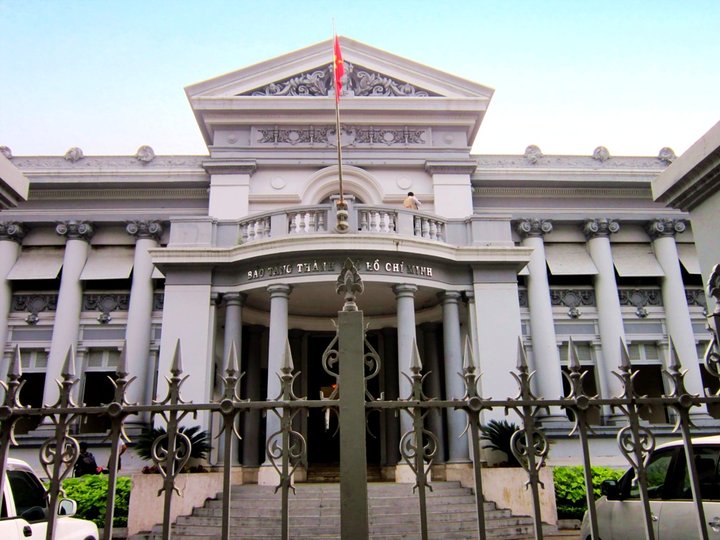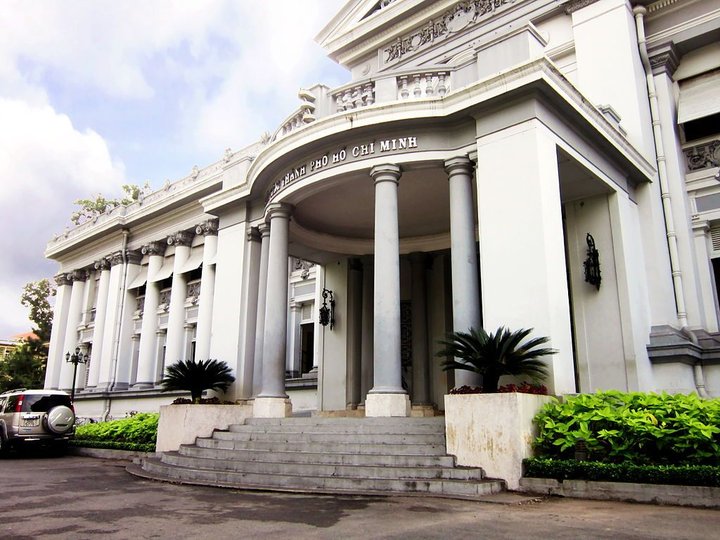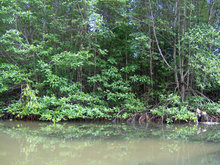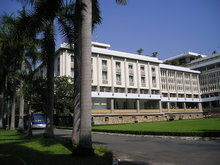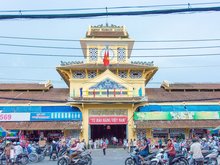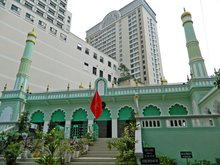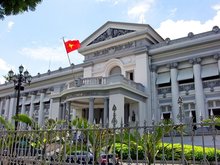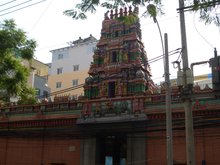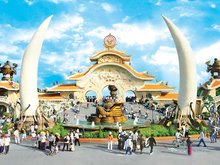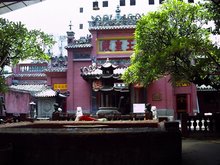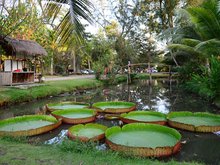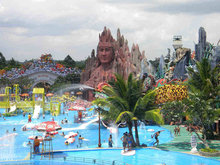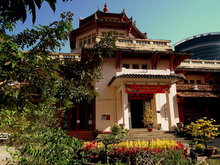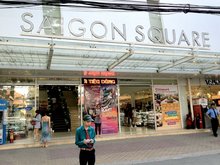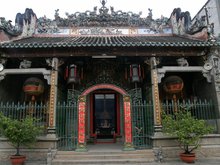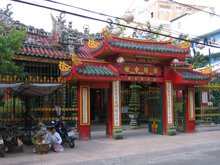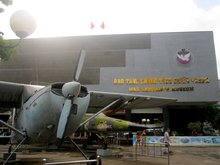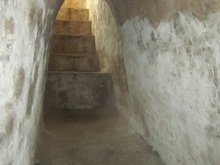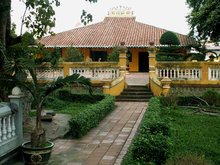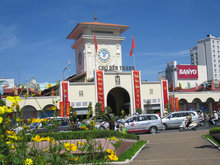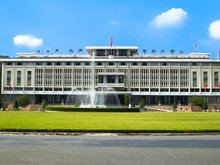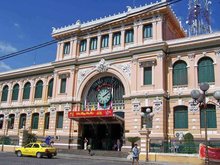Museum of Ho Chi Minh City
The building was built in 1885 – 1890, designed by the French architect Foulhoux was built between 1885 – 1890. It was designed by Alfred Foulhoux, a French architect, blending the Occidental style with Oriental style. The building was originally intended for use as the Commercial museum exhibiting native specialities, but it became the Cochinchina governor’s palace.
In 1945, the building belonged to five owners. The Japanese fascist government took over the French colonial government in March, Yoshio Minoda, the Japanese Governor occupied the palace, then Japanese government entrusted it to the regime of Bao Dai – Tran Trong Kim. The King’s special envoy of the Cochichina, Nguyen Van Sam used as private residence for a short time. On August 25 th 1945, the Revolution force lowered Bao Dai force’s flag and raised the revolution’s flag. Then the building became the Southern Provisional Administrative committee’s headquarter. On September 10 th 1945, B.W Roe Lieutenant – colonel (British mission) occupied legally the palace so the Southern Provisional Administrative committee’s headquarter had to move to Doc Ly palace (nowadays is Ho Chi Minh city’s people council).
After re-invading Saigon on May 23rd 1947, the French government entrusted the palace to Le Van Hoach and used as the Southern autonomous government’s headquarter, then it became Tran Van Huu Governor’s palace, the Southern government’s palace on June 2 nd 1948.
After Geneva treaty 1954, Ngo Dinh Diem regime used the building as Quoc Khach palace. On February 27 th 1962, the Unification palace bombed, Ngo Dinh Diem used the palace as the presidential palace. Twenty months later, November 1st 1963, Saigon troops took over Ngo Dinh Diem regime. The Unification palace already built in 1962, this building was the Supreme court. Since 1975, it became Revolution museum of Ho Chi Minh city, it has been Ho Chi Minh city museum since December 13 th 1999.

